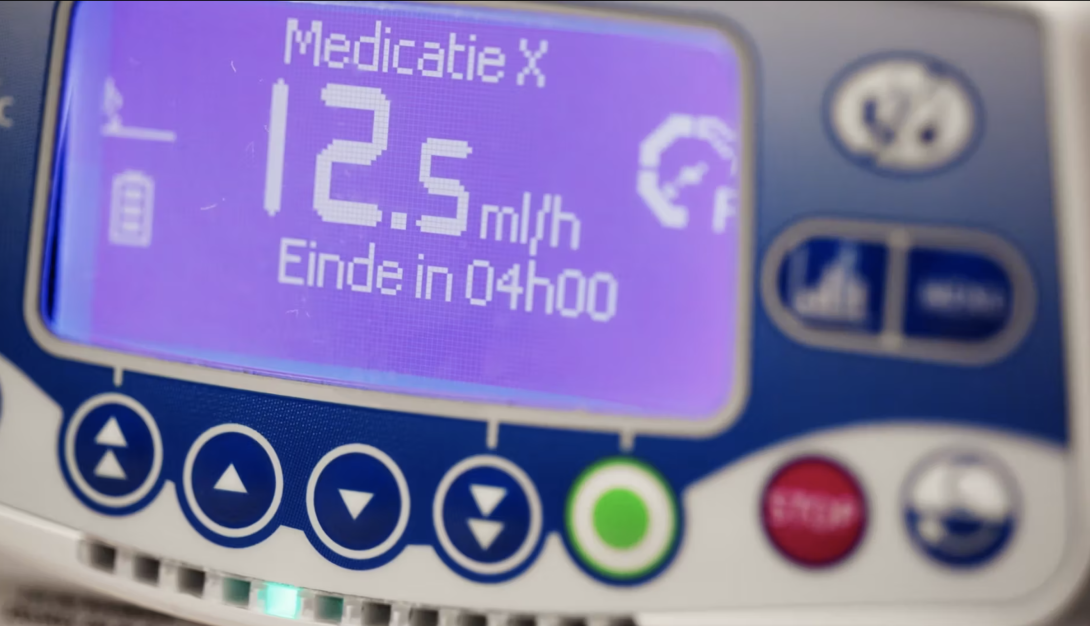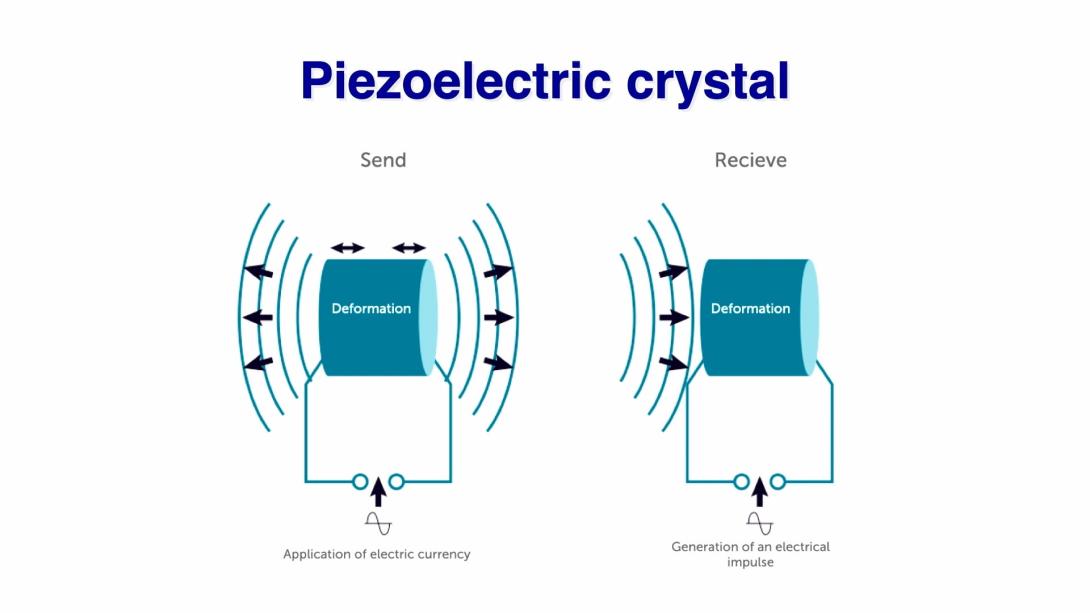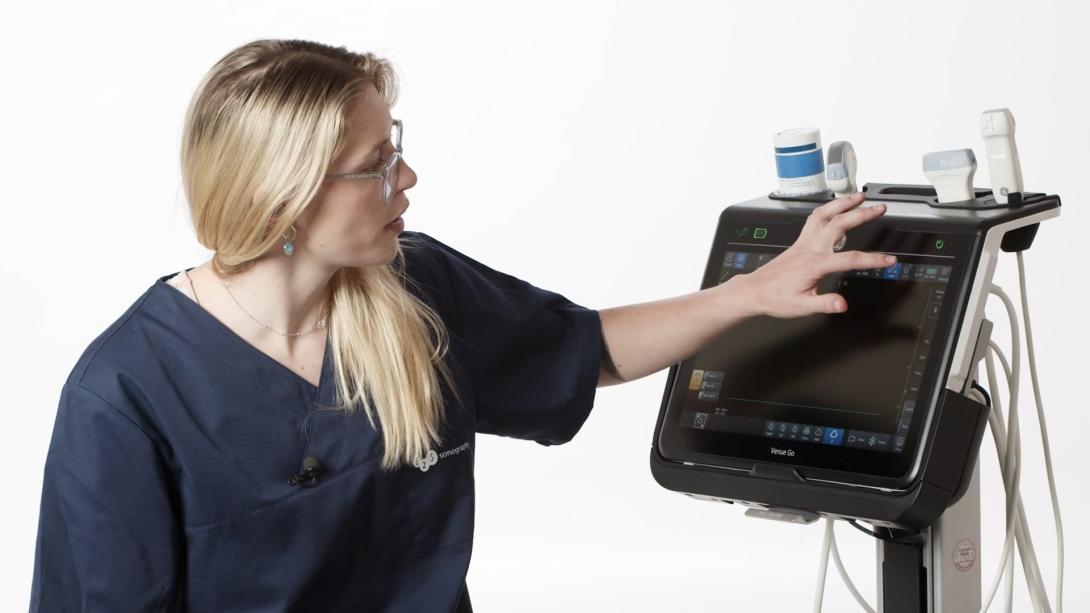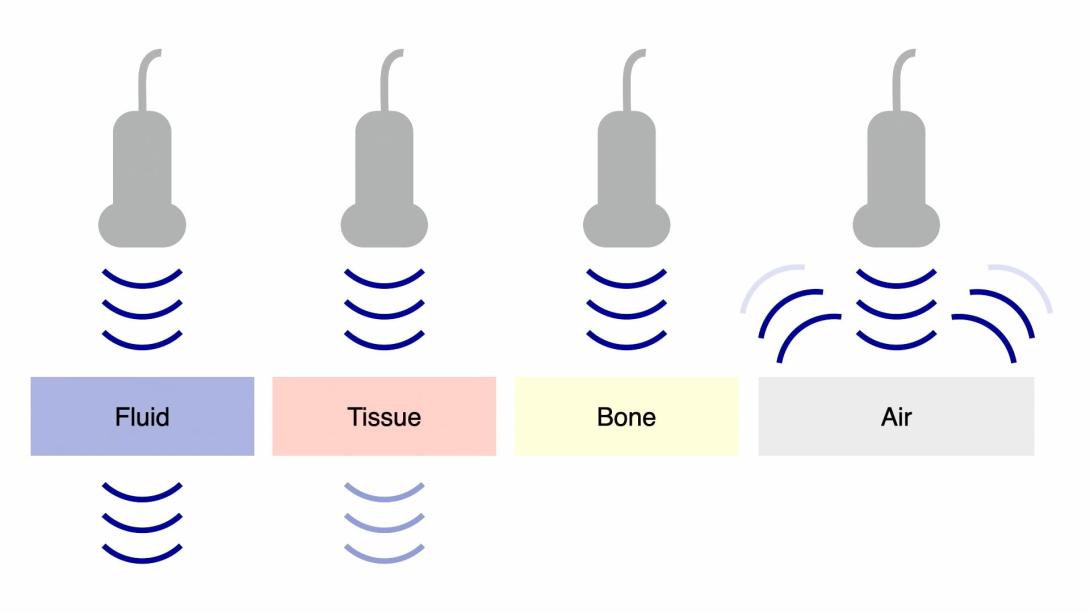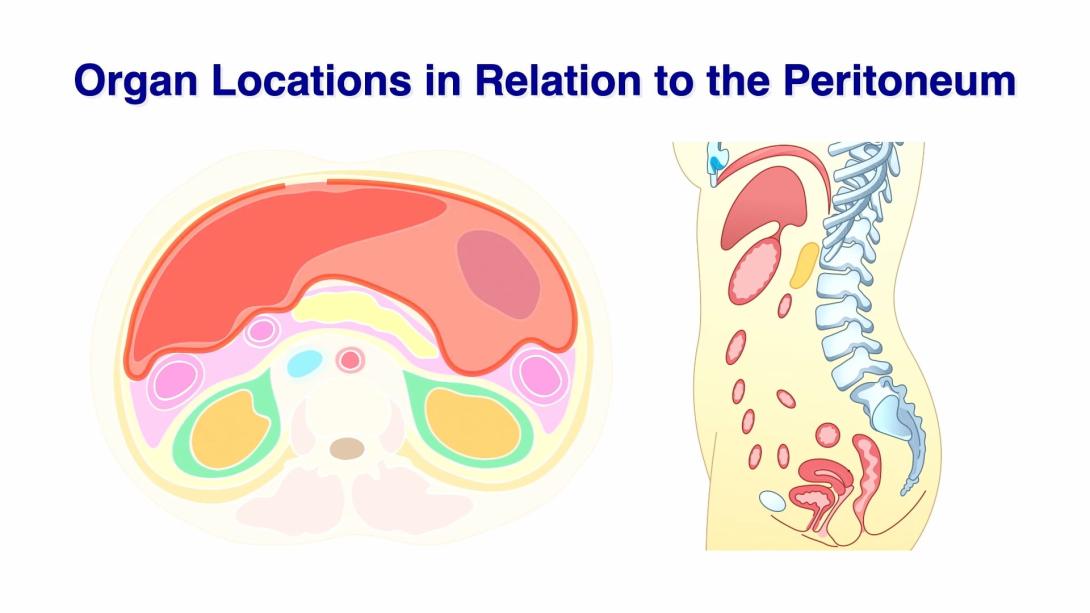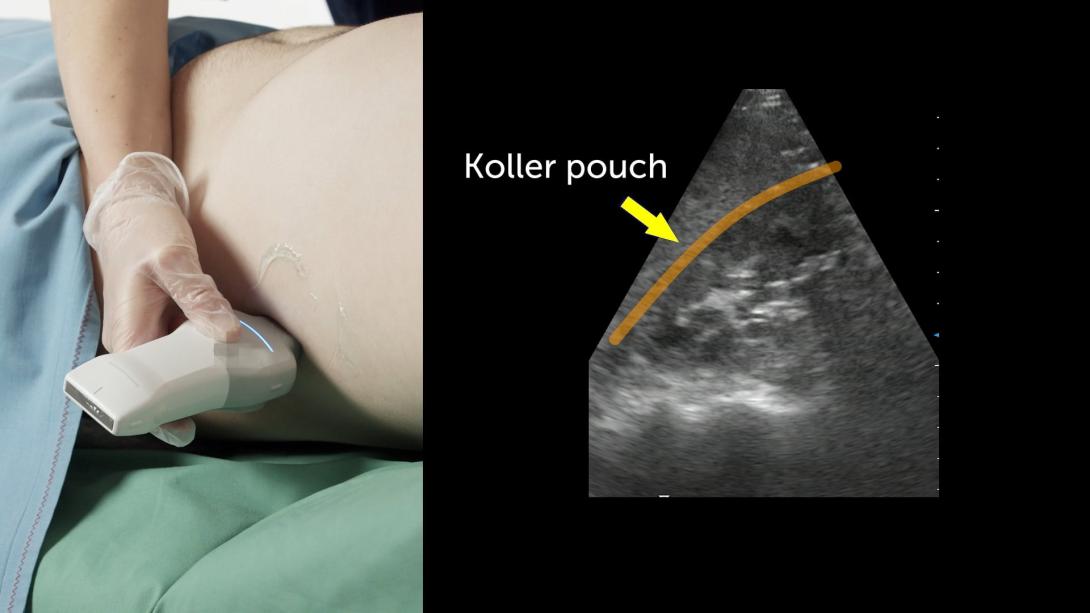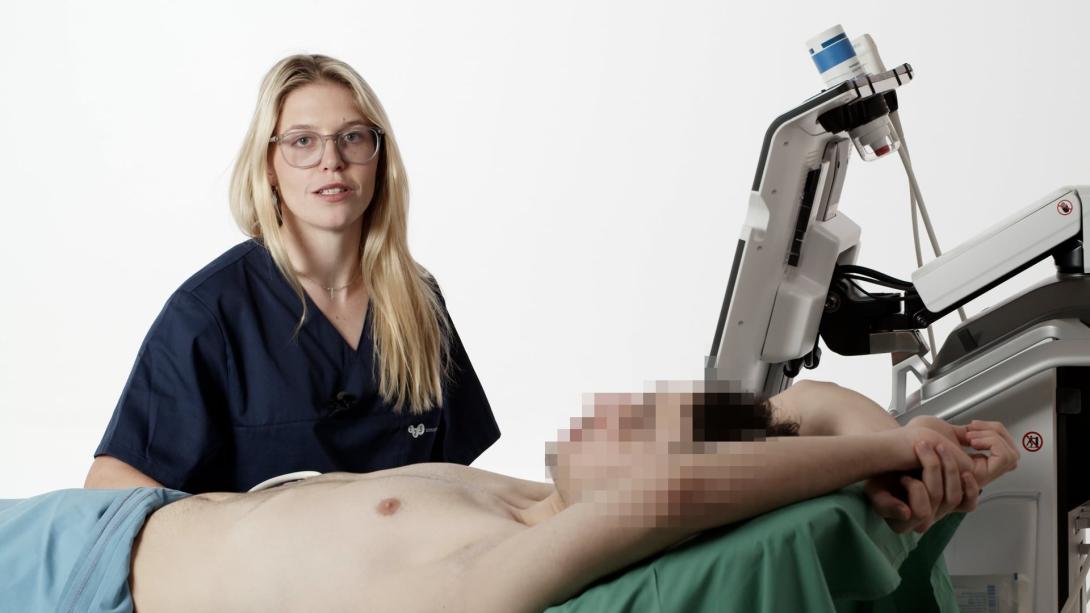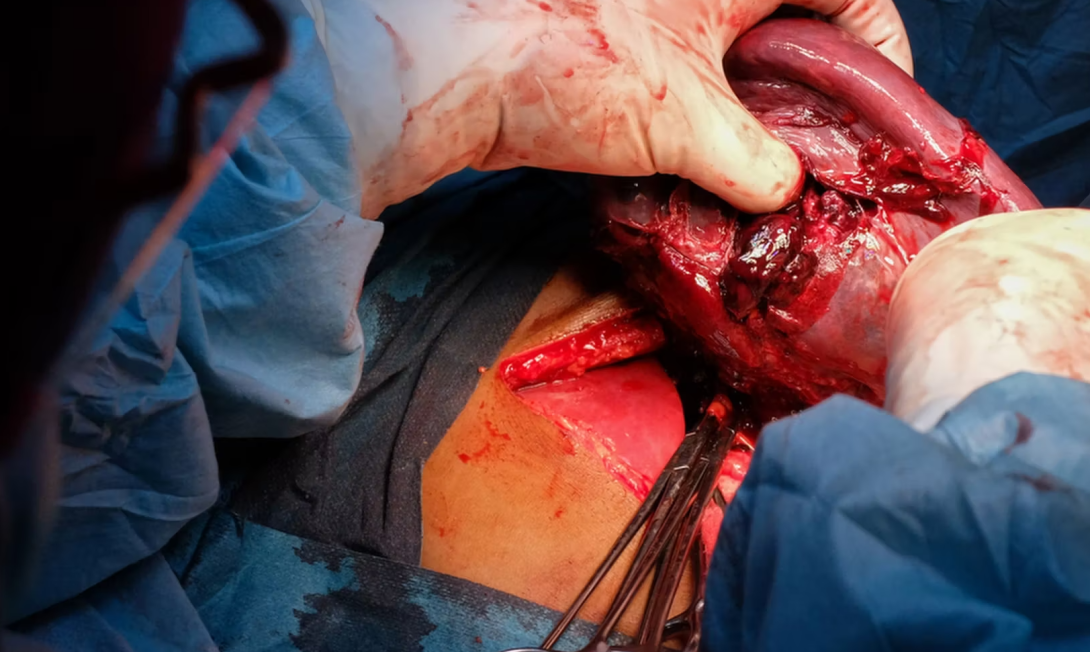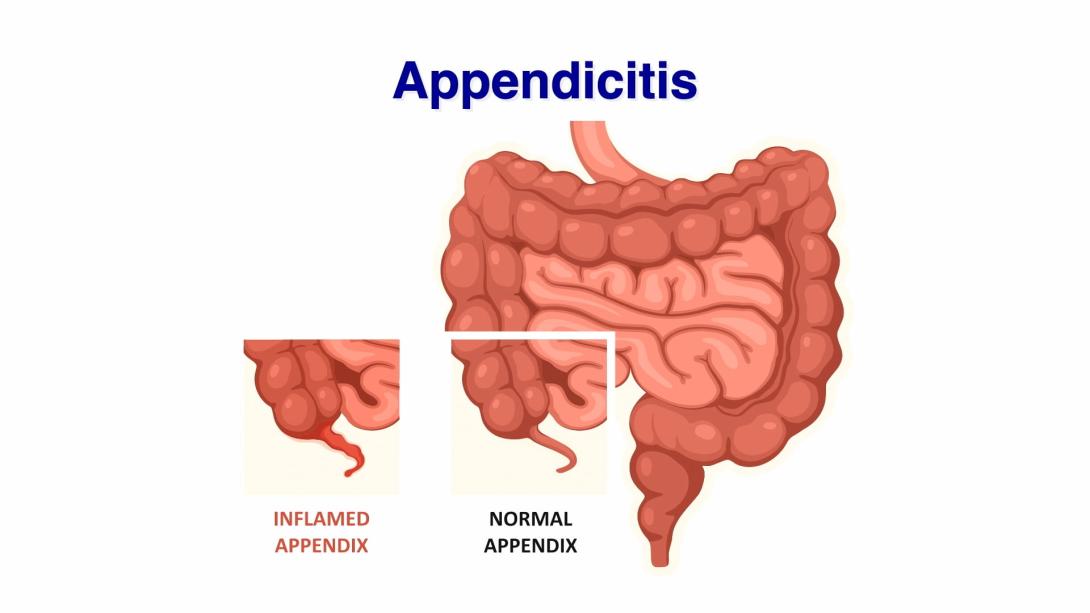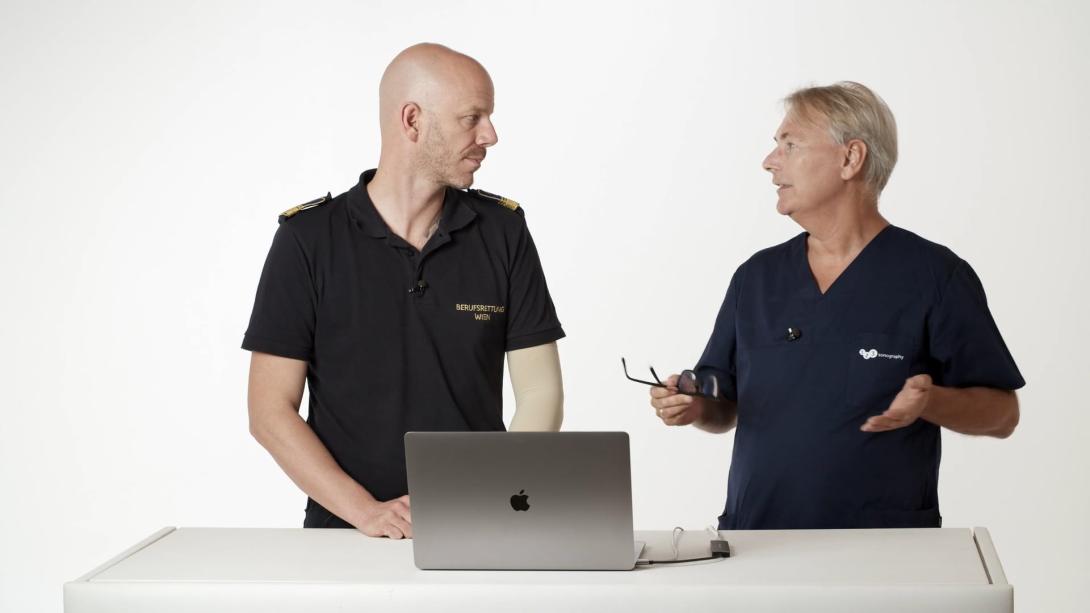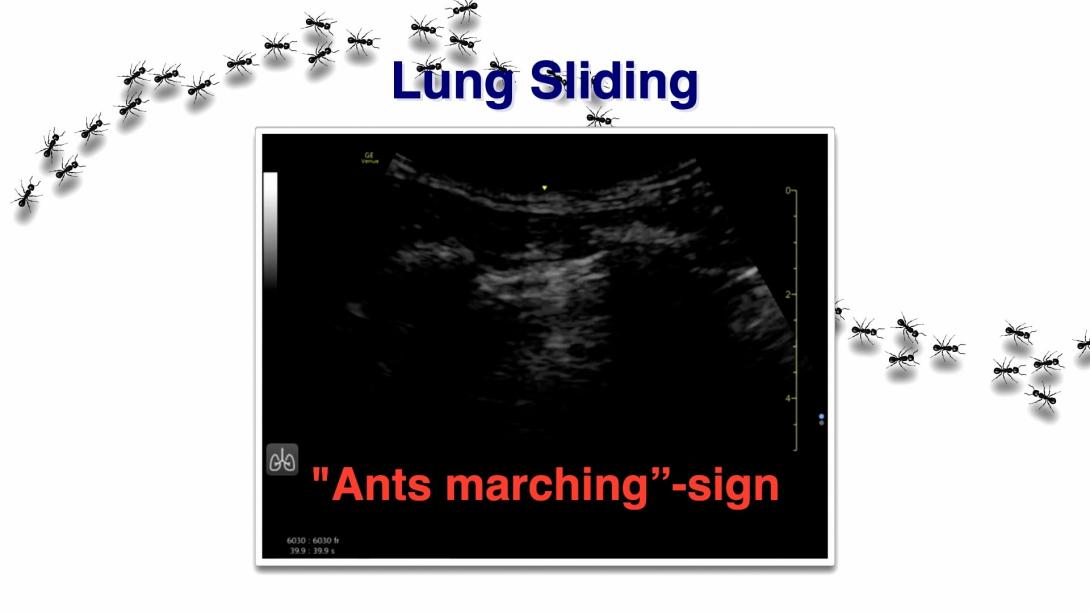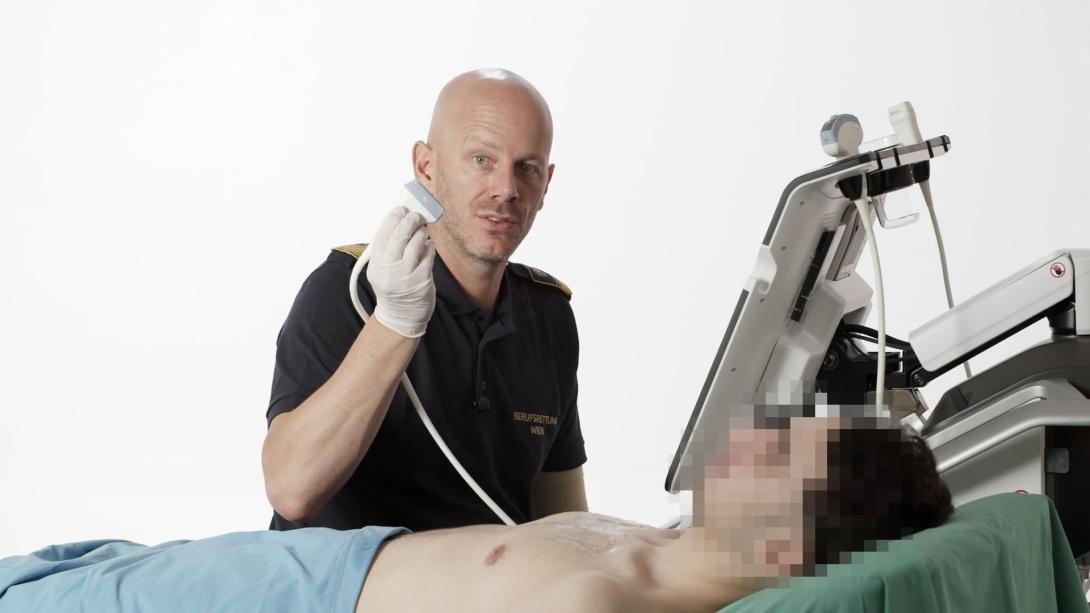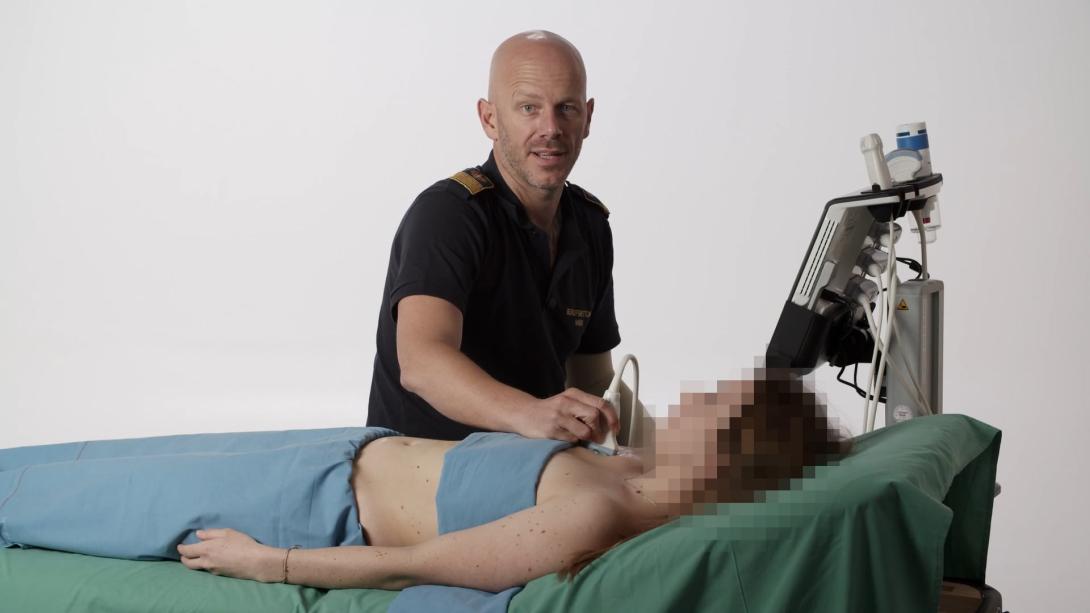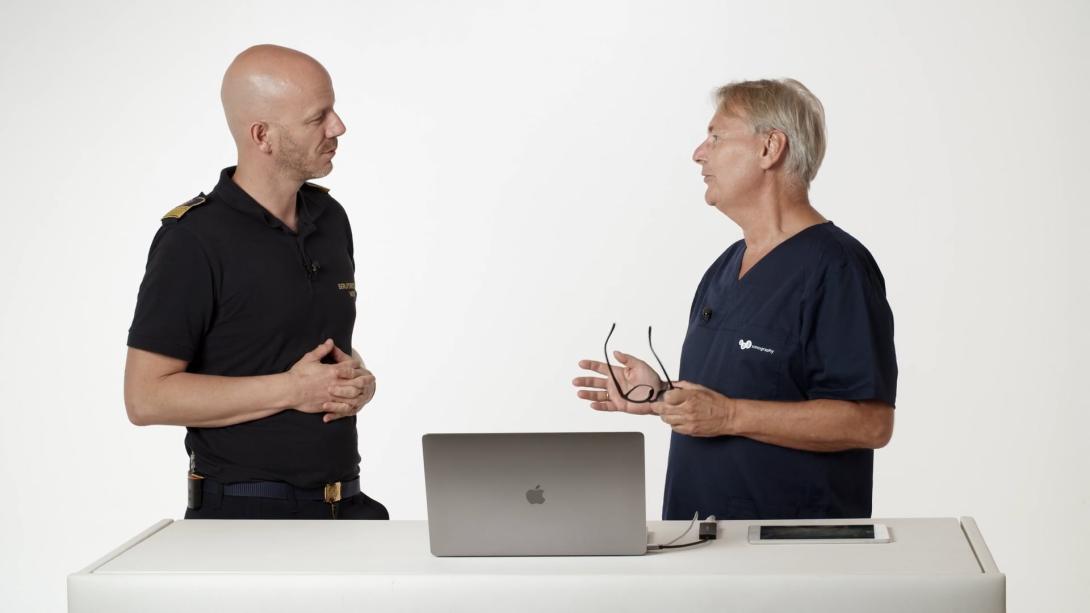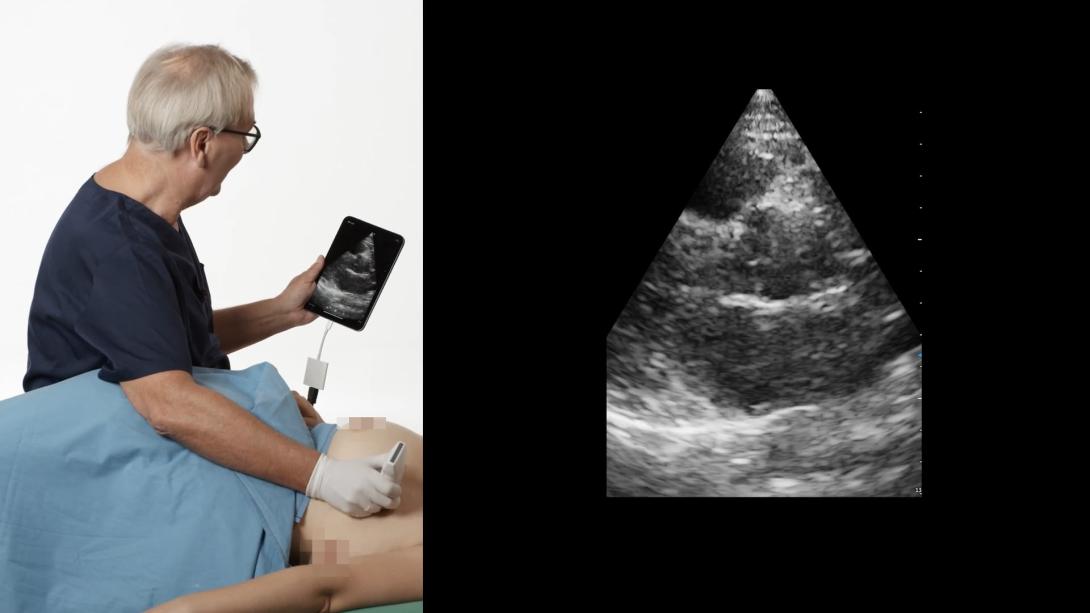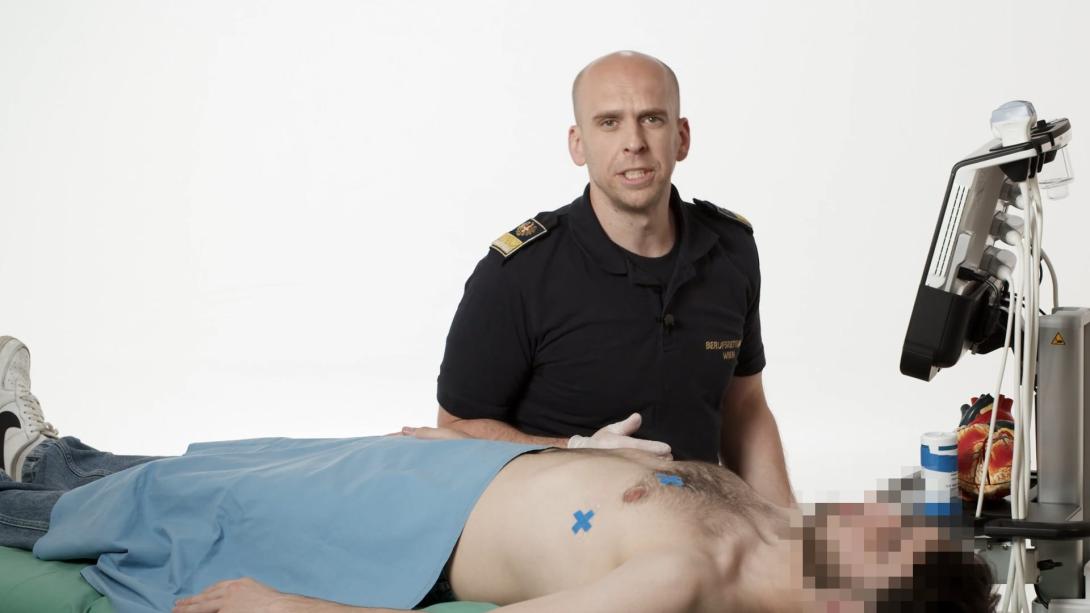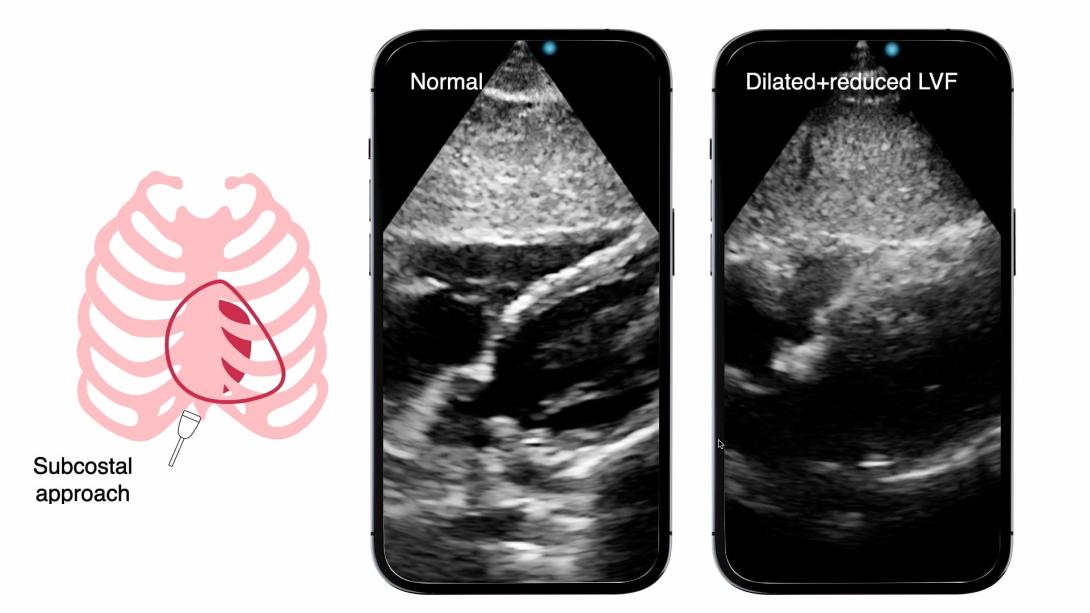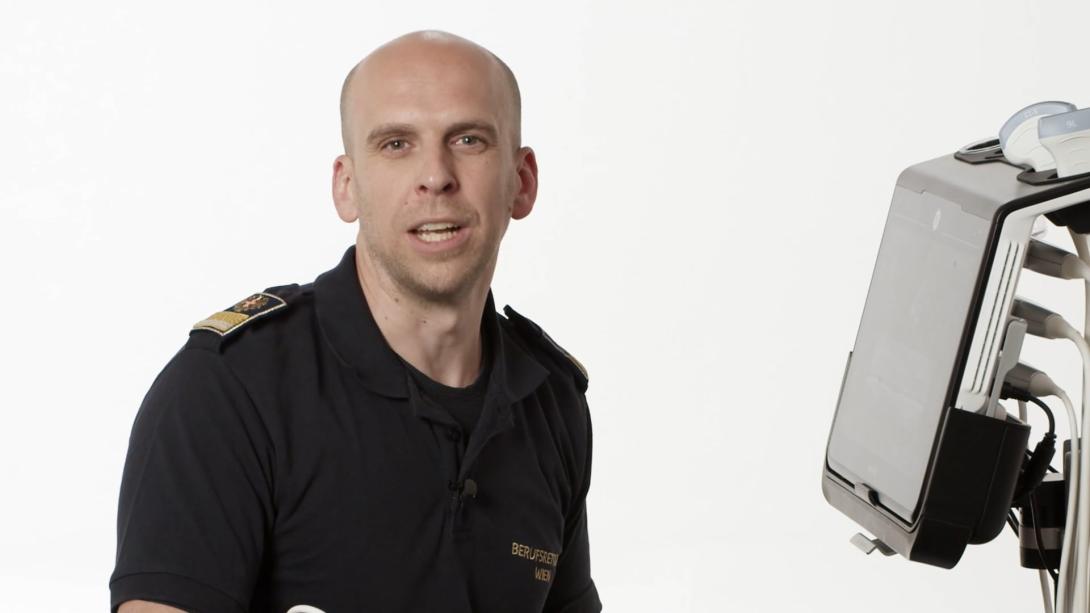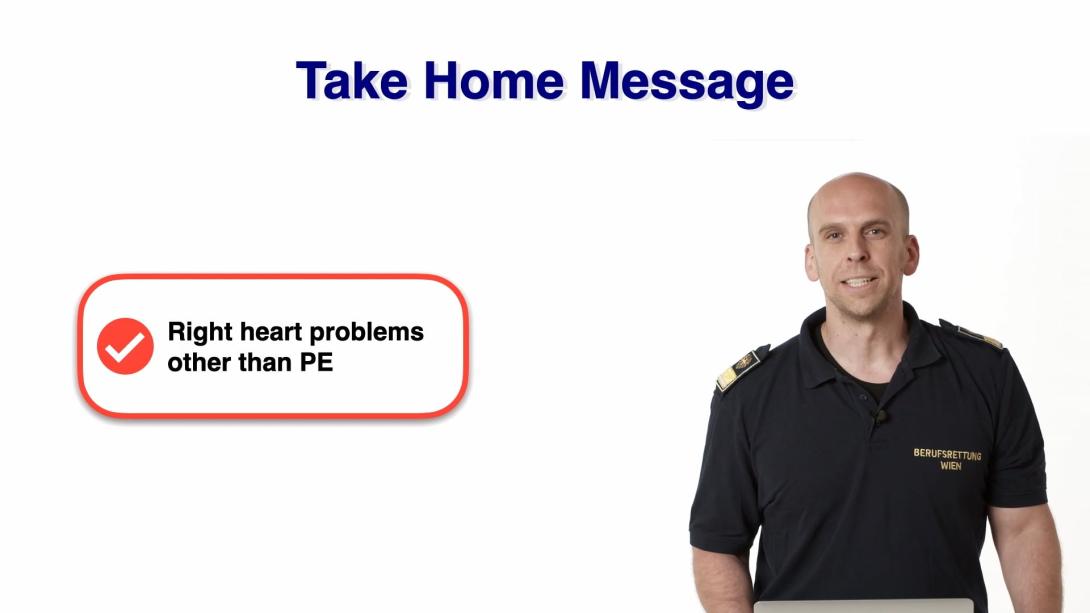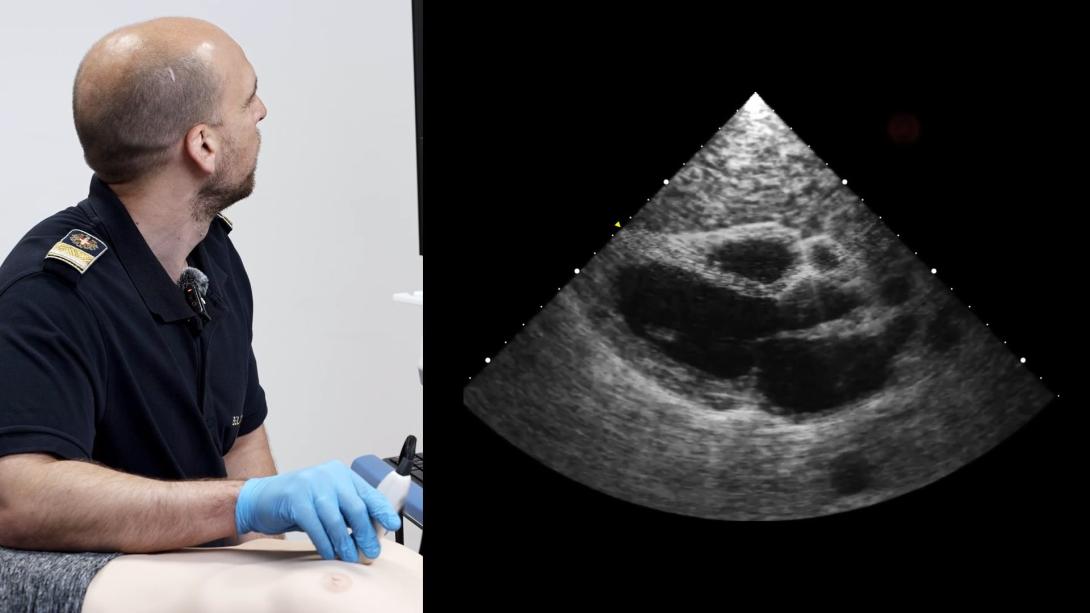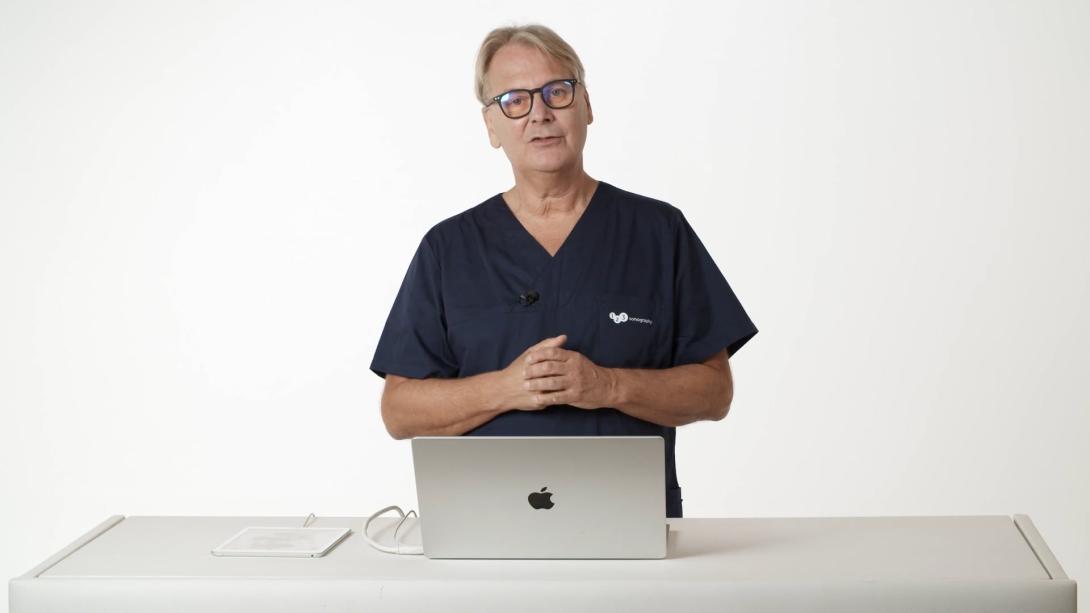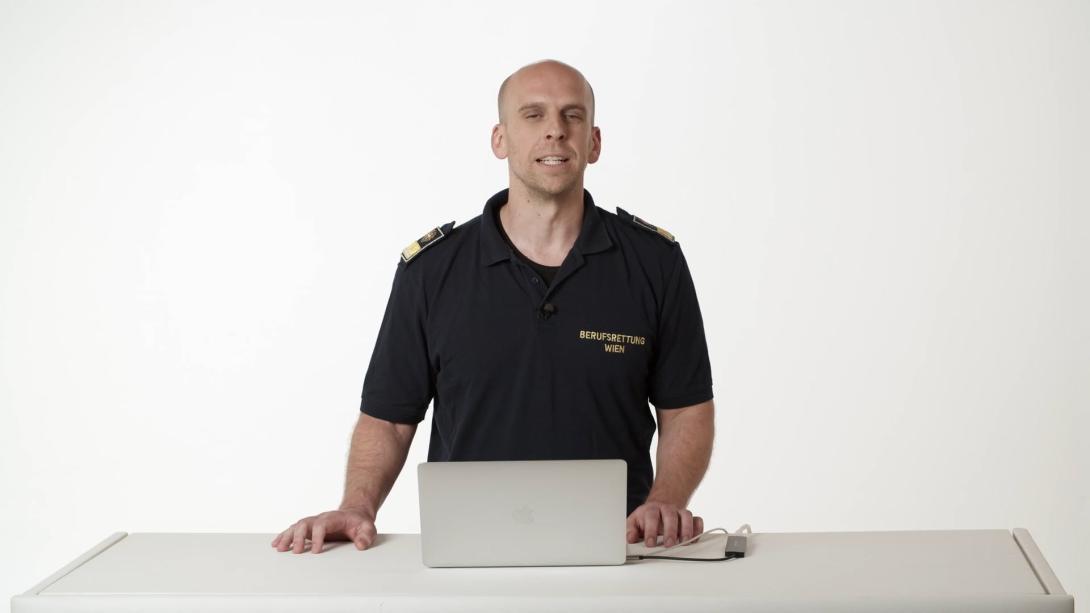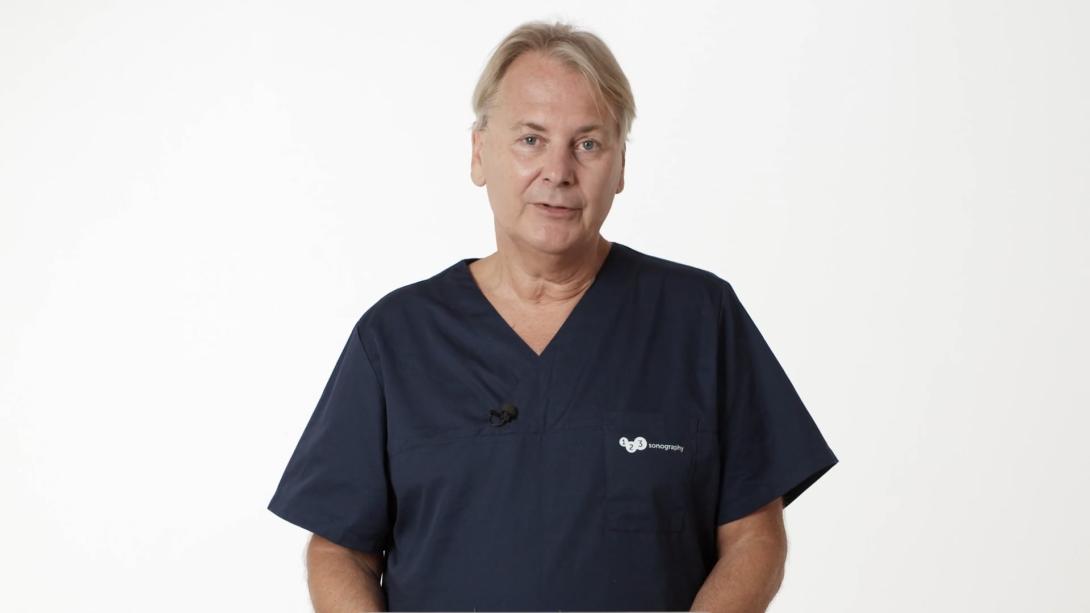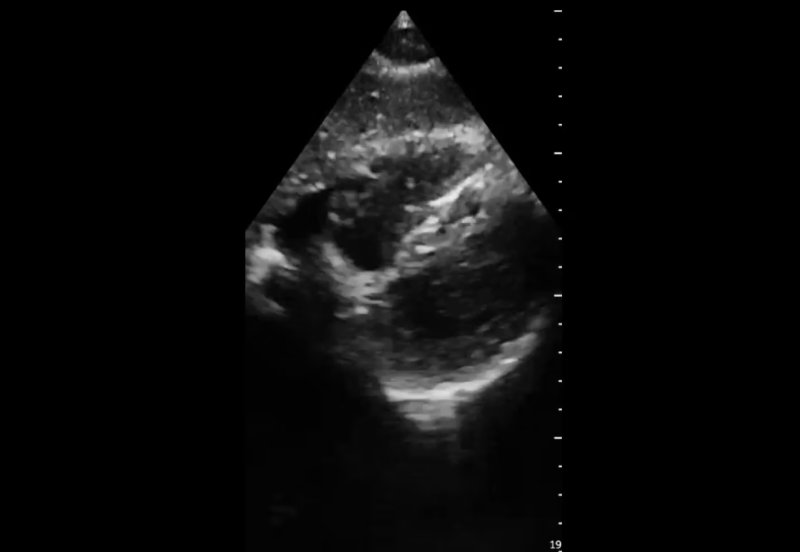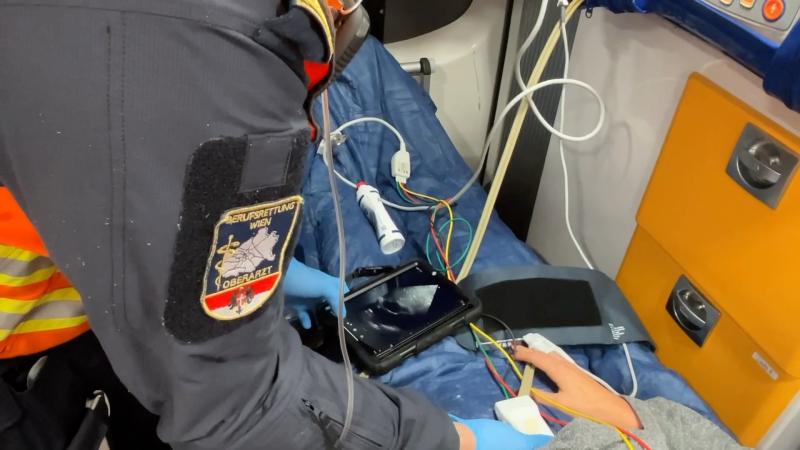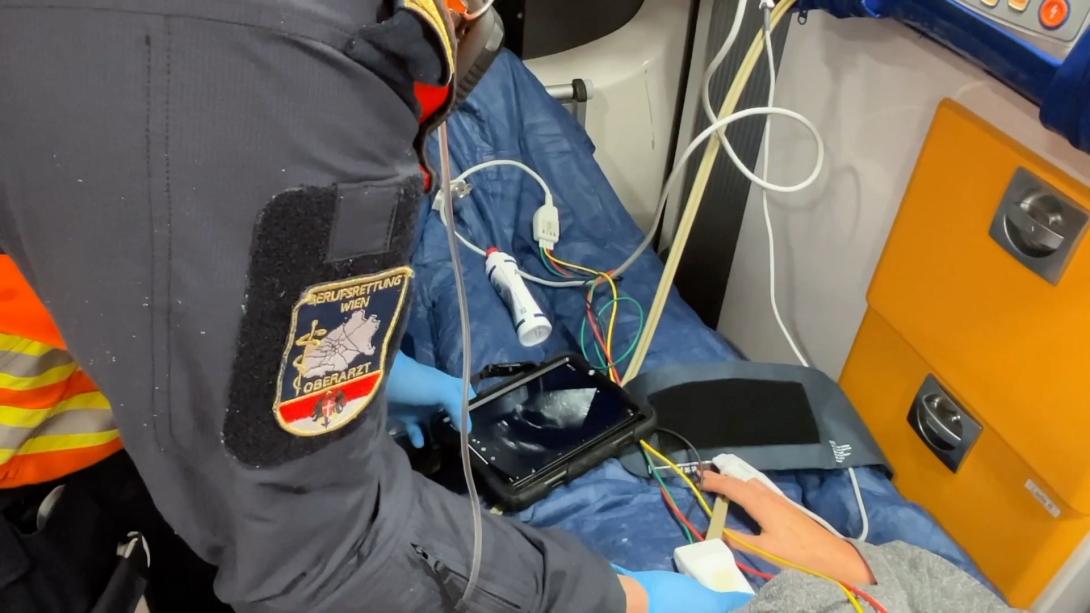
Prehospital Point-of-Care Ultrasound (pPOCUS) - Chapter 1-5 available now!
Course Speakers
Curriculum
Chapter 1
0.25 CME
Introduction to pPOCUS
At the outset, all participants will be greeted with a warm welcome. Furthermore, attention will be drawn to the fact that ultrasound is a skill that is easily learnable. In addition, the broad learning objectives of this course will be presented.
2 lectures and 1 quizzes
Lectures & Quizzes:
Chapter 2
1.25 CME
pPOCUS Basics
In this section, participants will learn the fundamental principles of physics, relevant artifacts, and the most commonly used buttons and settings. Tips and tricks for improving image quality, as well as the handling of the ultrasound transducer, will also be discussed.
5 lectures and 1 quizzes
Lectures & Quizzes:
Chapter 3
2 CME
Abdomen
In this section, the focus is on the sonographic examination of the abdomen, with particular emphasis on the identification of free fluid in the Morison, Koller, Douglas, or Proust spaces. Additionally, the most common pathologies and their etiology, as well as treatment options, will be discussed.
6 lectures and 1 quizzes
Lectures & Quizzes:
Chapter 4
1 CME
Thorax
In thoracic sonography, artifacts such as A- and B-lines are discussed, with a primary focus on pneumothorax and pleural effusion, as well as hemothorax. Additionally, pathologies like pulmonary edema will be addressed, and the interpretation of specific images will be practiced using case examples.
5 lectures and 1 quizzes
Lectures & Quizzes:
Chapter 5
3.5 CME
Echocardiography
In the echocardiography chapter, we will begin by discussing positional relationships and anatomical considerations. Participants will familiarize themselves with standard views and aim to assess left ventricular function through eyeballing and simple measurements. The discussion will extend to the right heart, with a clear emphasis on detecting pulmonary embolism. In preclinical emergency medicine, recognizing pericardial tamponade/effusion is of significant importance. Additionally, we will delve into topics such as valves, wall motion abnormalities, and vegetations.
10 lectures and 1 quizzes
Lectures & Quizzes:
Chapter 6
Protocols (coming soon)
In the Protocol Section, the objective is to synthesize the acquired knowledge of various views and recognized pathologies. Participants will gain insight into the application of specific protocols and the optimal sequence for conducting examinations.
0 lectures and 0 quizzes
Chapter 7
Diving deep (coming soon)
In this additional chapter, a brief overview of ultrasound-guided interventions will be provided. Initially, the use of ultrasound in punctures will be discussed, followed by instances where this is warranted. Finally, ultrasound-guided local anesthesia procedures will be explored.
0 lectures and 0 quizzes
Objectives

After this course you will be equipped with the skills to effectively utilize prehospital point-of-care ultrasound in a variety of emergency situations.
The course will enable you to make accurate diagnoses and decisions for critically injured or ill patients.
By gaining in-depth knowledge you will become proficient in mastering point-of-care ultrasound devices in your clinical practice.
By gaining in-depth knowledge you will become proficient in mastering point-of-care ultrasound devices in your clinical practice.
You will become proficient in applying various emergency protocols (eFAST, FATE, DYSPNEA, RUSH, CPR) in your clinical practice.
Ideal for:

Student Discount
Are you a student? Get 50% discount on this course by completing the student application form.
Get Student DiscountRecommended Blog Posts
Pricing
One-Year Access
Our most recommended access duration to dive deep into the course. Save 30% on the 6-month option.
You get:
- 12 months access to our course
- Ability to complete quizzes and earn CME credits
Half-Year Access
Our shortest option for very fast learners. Ideal for people who have plenty of time to learn.
You get:
- 6 months access to our course
- Ability to complete quizzes and earn CME credits
Two-Year Access
If you want to take your time learning, this option is perfect for you. Save 40% on the 6-month option.
You get:
- 24 months access to our course
- Ability to complete quizzes and earn CME credits
One-Month Access
Take the most flexible route with a monthly subscription.
You get:
- Cancellation possible anytime after 4 months minimum run time
- Ability to complete quizzes and earn CME credits

